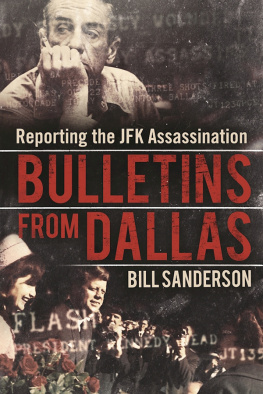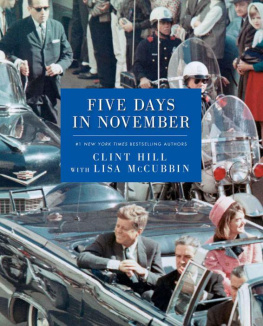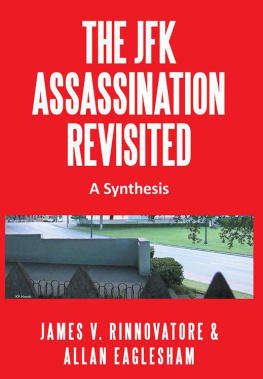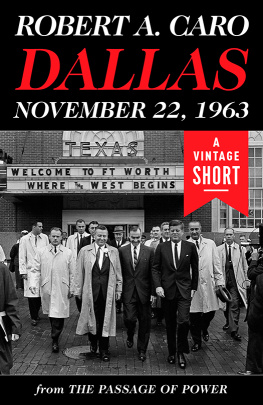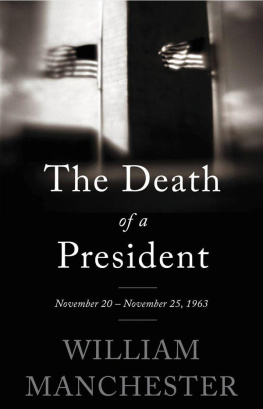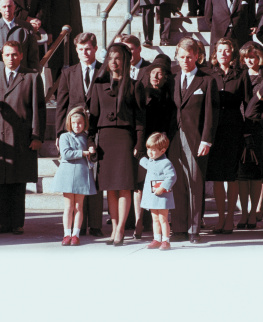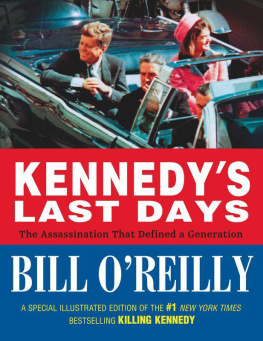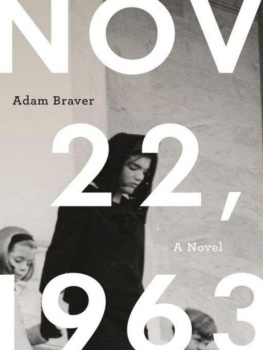Copyright 2016 by Bill Sanderson
All rights reserved. No part of this book may be reproduced in any manner without the express written consent of the publisher, except in the case of brief excerpts in critical reviews or articles. All inquiries should be addressed to Skyhorse Publishing, 307 West 36th Street, 11th Floor, New York, NY 10018.
Skyhorse Publishing books may be purchased in bulk at special discounts for sales promotion, corporate gifts, fund-raising, or educational purposes. Special editions can also be created to specifications. For details, contact the Special Sales Department, Skyhorse Publishing, 307 West 36th Street, 11th Floor, New York, NY 10018 or .
Skyhorse and Skyhorse Publishing are registered trademarks of Skyhorse Publishing, Inc., a Delaware corporation.
Visit our website at www.skyhorsepublishing.com.
10 9 8 7 6 5 4 3 2 1
Library of Congress Cataloging-in-Publication Data is available on file.
Cover design by Rain Saukas
Cover photos from AP Images, UPI, and the Smith family collection
Print ISBN: 978-1-5107-1264-5
Ebook ISBN: 978-1-5107-1265-2
Printed in the United States of America
C ONTENTS
P ROLOGUE M AN AND MYTH
J ACQUELINE K ENNEDY BEAUTIFULLY DRESSED AS ALWAYS , in a beige sweater and trim black slacks that matched her hairleaned forward on the sofa and asked: What shall I say? What can I do for you? Her visitor saw these questions as polite subterfuge. It was more as if she was asking me for help than anything else, said Theodore H. White, who wrote The Making of the President 1960, a book about her husband John F. Kennedys victorious campaign.
It was November 29, 1963, one week after one of the lowest days in American historythe assassination of President Kennedy, shot dead in an open car in Dallas. The state funeral was over, the world leaders who attended it were back in their capitals, and Lyndon Johnson was settling in at the White House. Jacqueline Kennedy had retreated to the Kennedy familys compound in Hyannisport, Massachusetts. A gaggle of reporters waited outside the compound in the damp chill of the late November evening, hoping for a snippet of news. White, on assignment for Life magazine, was the only journalist invited in. Mrs. Kennedy was not merely offering a story. She wanted White to aid her plan to secure her husbands legacy.
Earlier, when Mrs. Kennedy and White spoke on the phone to set up this interview, they discussed what journalists would write about her late husband. Jacqueline Kennedy did not want him remembered by the words of Arthur Krock, the Washington bureau chief of the New York Times, or Merriman Smith, the White House reporter for United Press International, or all those peoplethe rest of the political press corps.
From his end of the sofa, White followed up on the ideas theyd discussed earlier. He asked: How did she want people to remember the Kennedy presidency? When White posed this question, it became clear to him that Mrs. Kennedy already had a series of thoughts of her own, and whether she took off from the springboard I offered, I dont know.
Do you know what I think of history? Mrs. Kennedy said. The more I used to read of history, the more I thoughtwhen something is written down, does that make it history? Jack loved history so. But history to me was just a lot of bitter old men like Merriman Smith. Earlier on the telephone, she and White talked about Smith, Krock, and the Washington press corps in general. But during the interview itself Jacqueline Kennedy named just one journalist: Merriman Smith.
Its not clear why Mrs. Kennedy called Smith bitter and oldfor one thing, he was just two years older than her husband. Maybe she was mad that Smith had poked fun at the Kennedys lifestyle in a book, The Good New Days. Maybe she didnt like Smiths aggressive pursuit of stories about President Kennedys health. Perhaps she was thinking of the time Smith hinted in a newspaper column about the womanizing her husband strove to hide from the public. Her husband had had several favorite reportersSmith wasnt one of them.
In the terrible days before that interview in Hyannisport, Smith reached a high point in his career. He was the star reporter for United Press International, a wire service with reporters stationed all over the world that churned out hundreds of news articles read by millions of people every day. On November 22, 1963, Smith was in the front seat of a press car about one hundred yards behind John F. Kennedys limousine as a presidential motorcade steered through Dallas. Kennedy and his wife waved and smiled happily as thousands cheered them in the citys downtown skyscraper canyon.
At 12:30 p.m., as the motorcade rolled through grassy Dealey Plaza on its way out of downtown, Smith heard the three rifle shots fired by Lee Harvey Oswald. He immediately picked up the radiotelephone in front of himthe only mobile phone available to the fifty-eight Washington reporters on Kennedys trip. Smith dictated his first dispatches about the assassination to UPIs Dallas bureau while an apoplectic competitor from the Associated Press punched him and tried to wrest the phone away.
Smiths first bulletinThree shots fired at President Kennedys motorcade today in downtown Dallasclattered across UPIs Teletype machines at 12:34 p.m., just four minutes after Oswald fired his rifle. Smiths dispatch was the first the world heard of Kennedys assassination. The Associated Press, which competed story-for-story with UPI, didnt move its first report of the shooting until 12:39 p.m. Smith and UPI beat the AP by five minutesan eternity in the wire services war of seconds.
At Parkland Hospital, just moments after the shooting, Smith dashed up to the blood-spattered presidential limousine and saw the dying president cradled in his wifes arms. A Secret Service agent he knew told him Kennedy was deadanother bit of exclusive news Smith soon put on the UPI wire. Later, Smith was one of three reporters watching as Kennedys vice president, Lyndon Johnson, was sworn as the nations new chief executive aboard Air Force One while it was parked on the Dallas airport tarmac. His AP competitor chose not to go to the airportgiving Smith and UPI yet another win over the competition. Smith accompanied Johnson, Mrs. Kennedy, and the slain presidents body on the flight back to Washington, all the while gathering details for the vivid, Pulitzer Prizewinning story he wrote for the next days morning newspapers.
Smith was one of the most widely read and influential journalists of his time. He earned his readership and influence by closely covering his beat. Smith arrived at the White House in 1941, and over the next twenty-nine years he earned sources among everyone who worked therepresidents, their aides, Secret Service agents, valets, gardeners. No matter who was president, Smith was a White House insider. Franklin Roosevelt died in Warm Springs, Georgia, on the day he was supposed to attend a picnic Smith had organized for him. Harry Truman once took his shirt off to disprove one of Smiths news tips. After Dwight Eisenhower had a heart attack, he was photographed wearing a bathrobe embroidered with the words Much Better, Thanks. The embroidered message was Smiths doing.
He was fast and accurate. He could juggle several complicated stories in his head at once, and dictate perfect copy for each over the phonea critical skill for a wire service reporter who competed fiercely to report the story first. He was a character out of The Front Page, cranky, warm and funny, five feet ten, mustachioed, with a staccato voice that seemed to come from the side of his mouth. Smith viewed his job as looking coldly at the presidency. Though he sometimes expressed opinions in speeches and TV appearances, in print he focused on digging up facts and news his audience wanted to read. His byline appeared regularly on newspaper front pages across the country, and his insider columns about the presidency and White House life were widely read. Some of Smiths colleagues deemed him the greatest wire service reporter of all time.

